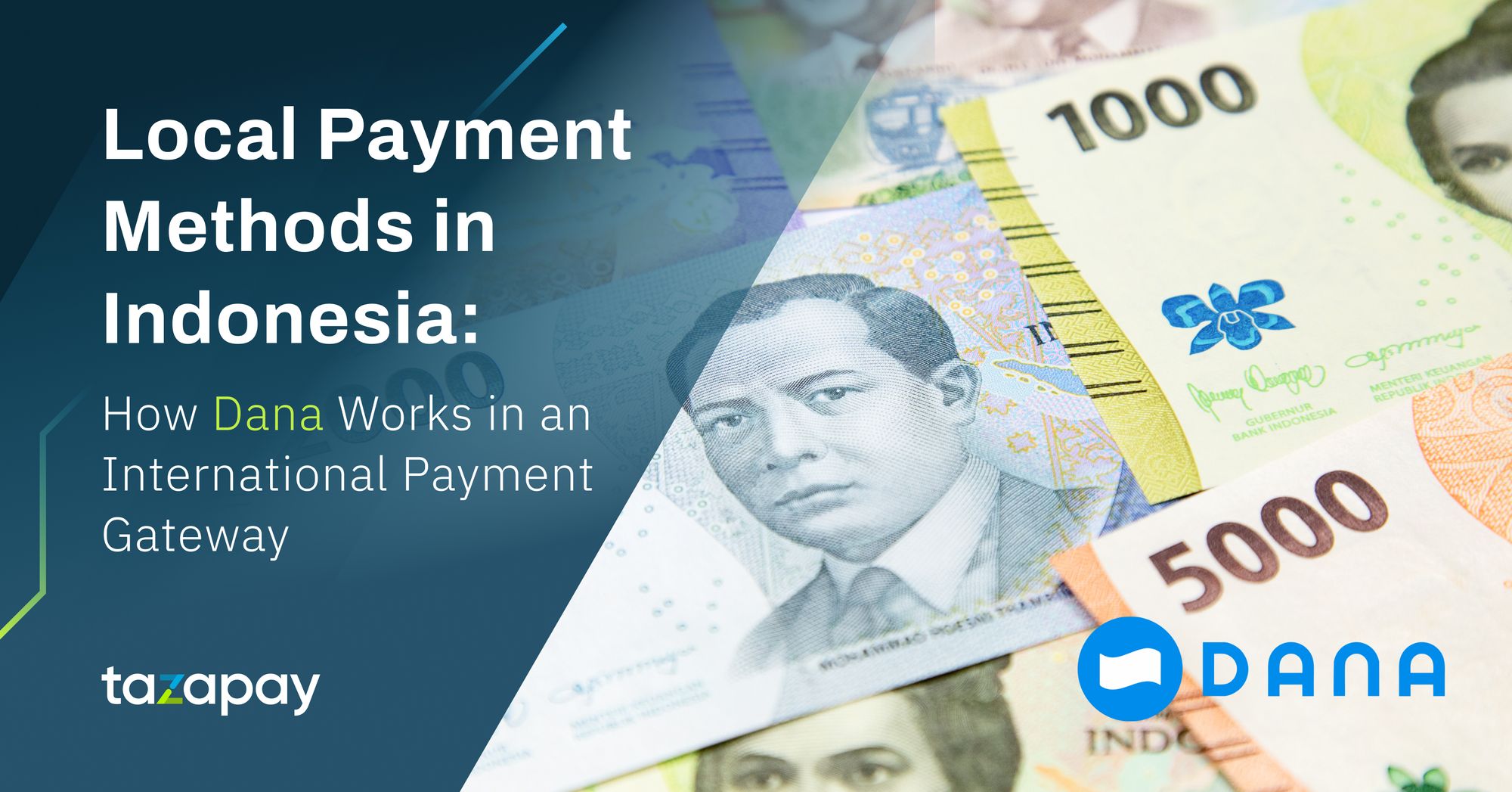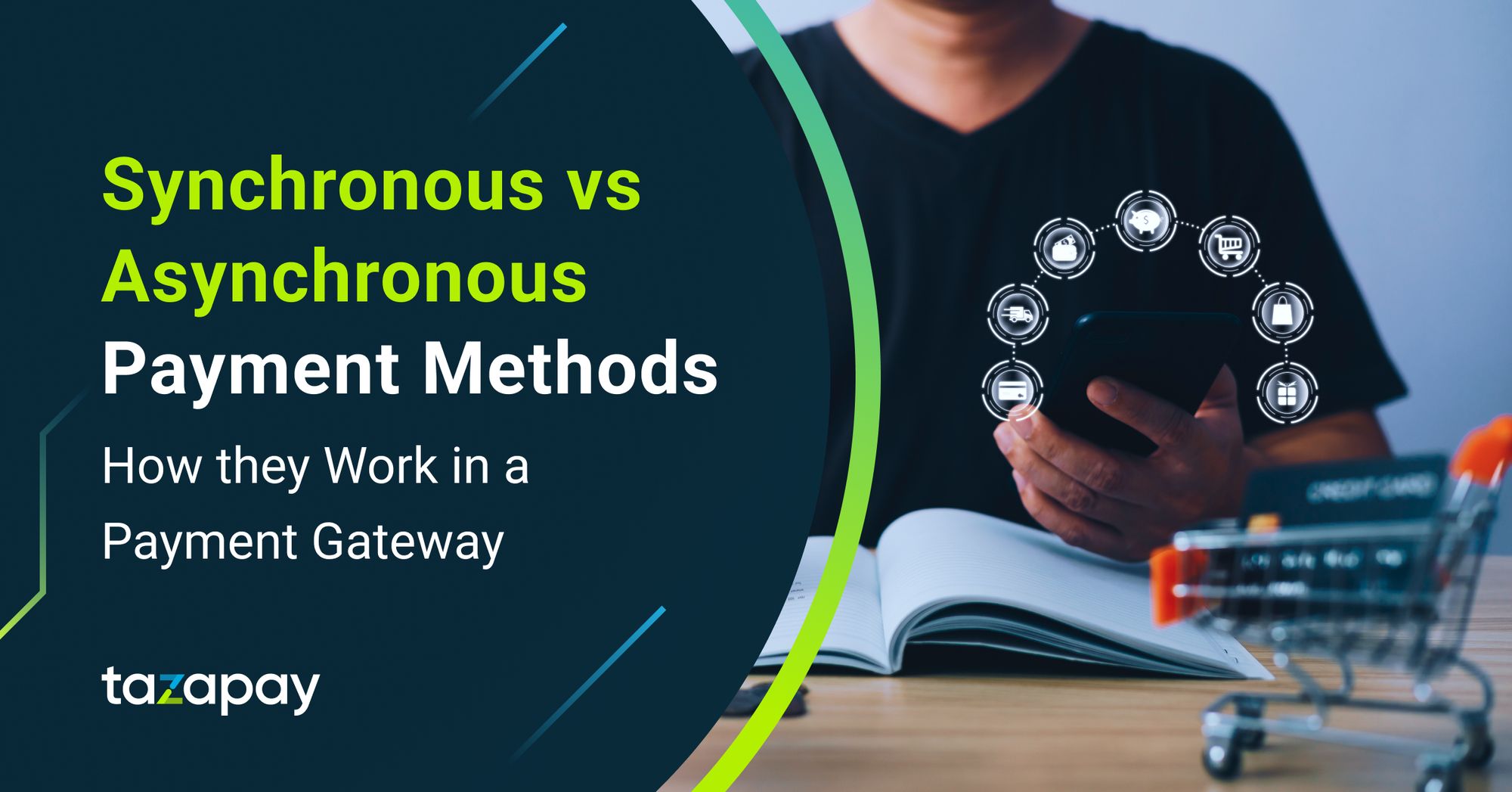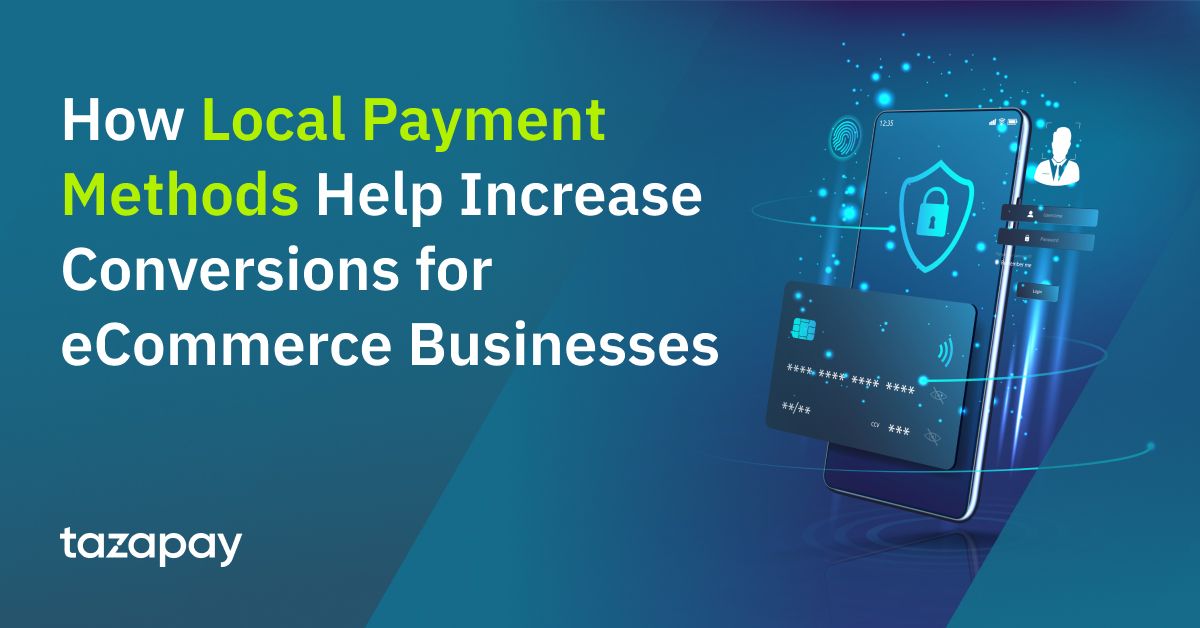- Home
Blog Blog
Payments Resources Payments Resources
Keep Your Payments Safe: Tips to Eliminate the Risk of Fraud
Keep Your Payments Safe: Tips to Eliminate the Risk of Fraud

All business operations run on some level of trust. Unfortunately, excess of trust leads to fraud. Vendor fraud is one of the key fraud categories to watch out for. It involves fraud schemes in which the fraudster, usually an employee, manipulates the company’s accounts payable and payment systems for unfair personal gain. To effectively combat vendor fraud, it is worth knowing the various ways vendor fraud can happen.
Vendor fraud generally happens in the following ways:
Fictitious billing
Under this, the fraudster, who is an employee of the company, may create a fictitious vendor or shell company or manipulate the account of an existing vendor to generate false bills for payment. The payment made by the company against those fake bills is then diverted to the bank account held by the fraudster.
Check tampering
This happens when an employee physically manipulates checks so that they can be deposited into a bank account under their control. The defrauding employee would obtain checks for payment to a vendor, alter payee information and forge the vendor’s signature so that those funds get deposited into an account of their choosing.
Bribery
Bribery or extortion schemes happen when an employee of the company receives or demands inappropriate personal favours or payments from a particular vendor so that the vendor gains a sale or some other unfair advantage. Vendors may also commit fraud themselves by over-billing or inflating invoices and bribing any employee that happens to notice it.
Market price fixing
This type of fraud involves vendors coordinating with each other to keep their prices up, ensuring that the company will pay a premium price regardless of which vendor is chosen. While this may not include an employee or internal source, they can provide sensitive information on budgeting and pricing to help the fraudsters.
How to avoid getting scammed? How to find out if a business is legit? If you are asking yourself ‘is my supplier legitimate?’, here are some effective vendor vetting tips to avoid being scammed:
Due diligence in the vendor vetting
A company should establish robust due diligence procedures for all new vendors. Some of the procedures to include are comparing the mailing address for vendors against the mailing addresses for employees, verifying vendors’ mailing address, assigned tax ID number, and telephone number.
These details must be rechecked from time to time.
Leveraging data to detect anomalies
A targeted analysis of data is important to identify trends and detect anomalies, which enables a company to detect both fraud and internal control breakdowns. It can be used to combat vendor fraud by analysing vendor payments, both in general and by a specific vendor, to establish benchmarks. These benchmarks can serve as guidelines to identify and investigate anomalous payments.
Some of the suspicious patterns include payments that fall just below the approval limit, payments that deviate from normal procedures, payments where the vendor invoice numbers are out of sequence, where delivery addresses are different from payment addresses, and payments made for a duplicate amount on the same date.
These are just a few ways in which you can keep your company transactions safe. Ensuring you have both preventive and detective controls in place will reduce your company’s vulnerability to risk due to vendor fraud.
Category

Payments Resources
Keep Your Payments Safe: Tips to Eliminate the Risk of Fraud
Related Articles

Local Payment Methods in Indonesia: How Dana Works in an International Payment Gateway







